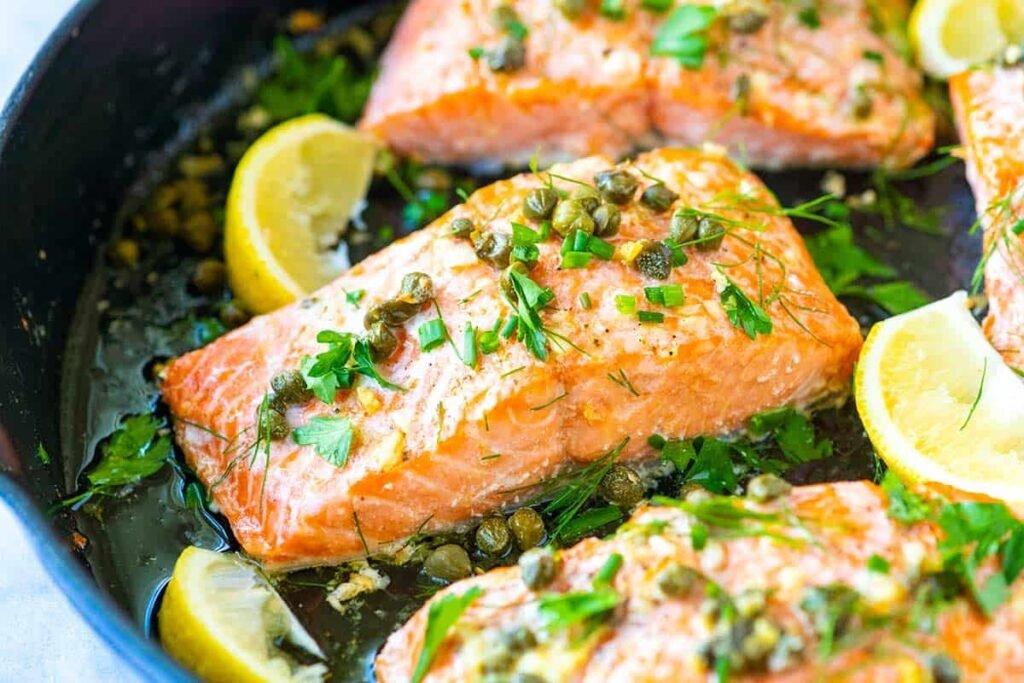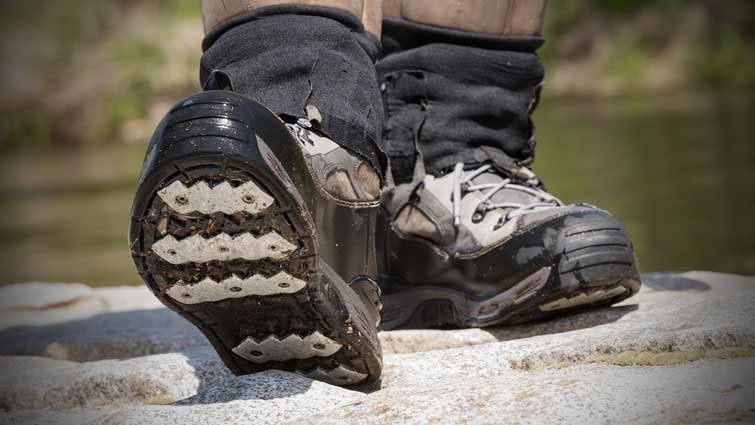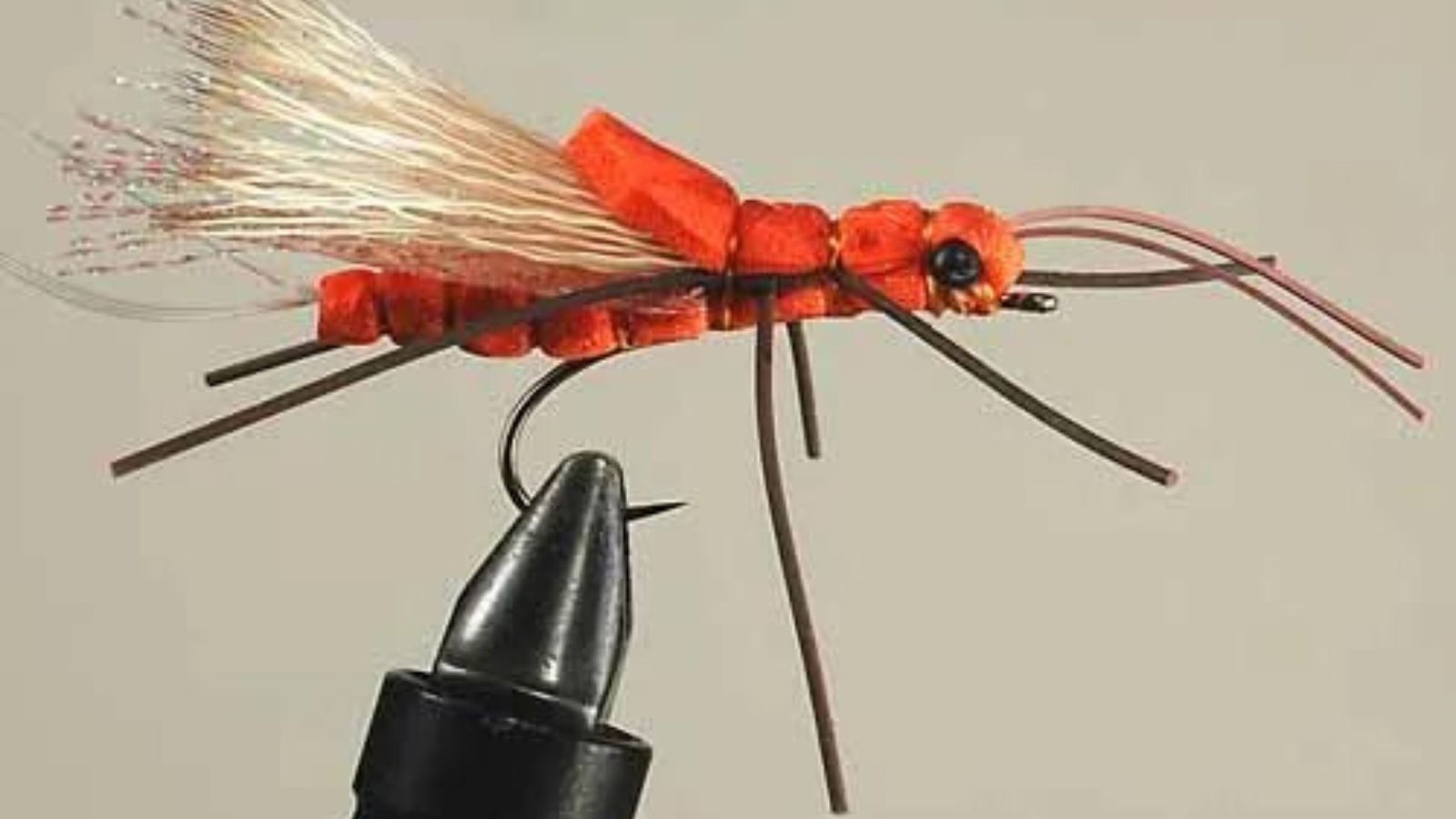Congratulations! You landed a magnificent salmon – the reward for your patience and skill. Now comes the next exciting part: transforming your fresh catch into a delicious meal. But fear not, even if you’re a novice cook, you can whip up a restaurant-worthy salmon dish with a few simple techniques. Let’s dive into the wonderful world of cooking salmon you’ve caught!
Fresh is Best: Preparing Your Catch
The key to a truly exceptional salmon dish lies in proper handling after catching it. Here’s what to do:
Bleed the Fish
Immediately after catching the salmon, humanely bleed it to remove excess blood, resulting in cleaner-tasting flesh. Find online resources or consult experienced anglers for proper bleeding techniques.
Clean and Chill
Clean your salmon thoroughly, removing the gills and internal organs. Rinse it in clean water and pat it dry with paper towels. Wrap it tightly in plastic wrap and store it in the refrigerator for up to 2 days, or freeze it for longer storage.

How to Cook Salmon You’ve Caught
Cooking Methods Galore
Salmon’s versatility shines through various cooking methods. Let’s explore some popular options:
Pan-Seared Perfection
This is a classic and easy approach. Heat a pan with oil over medium-high heat. Season your salmon generously with salt and pepper. Carefully place the salmon skin-side down in the hot pan. Let it sear undisturbed for a few minutes until the skin becomes crispy. Gently flip and cook for a few more minutes until the flesh is opaque and flakes easily with a fork.
Oven-Roasted Goodness
For a hands-off approach, oven-roasting is a great choice. Preheat your oven to 400°F (200°C). Season your salmon and place it on a baking sheet lined with parchment paper. Drizzle with olive oil or melted butter for added flavour. Roast for 12-15 minutes, depending on the thickness of the fillet, until cooked through.
Flavorful Grilling
If you love a smoky taste, fire up the grill! Pat your salmon dry and brush it with a light marinade or glaze of your choice. Preheat your grill to medium-high heat and carefully place the salmon on the grates. Grill for 3-4 minutes per side, or until cooked through. Keep an eye on it to avoid burning.
Beyond the Basics: Flavor Boosters and Sides
While a simple preparation can be fantastic, you can elevate your salmon dish with some creative flair:
Herbs and Spices
Fresh herbs like rosemary, thyme, or dill add a delightful fragrance to your salmon. Experiment with different spice rubs to create unique flavor profiles.
Marinades and Glazes
Marinating your salmon in a mixture of olive oil, citrus juice, soy sauce, or herbs infuses it with additional flavor. Glazes brushed on during the last few minutes of cooking add a sweet and sticky touch.
Perfect Pairings
Salmon pairs beautifully with a variety of sides. Roasted vegetables, rice pilaf, mashed potatoes, or a simple salad create a well-rounded meal.
Safety First: Cooking Temperatures
It’s crucial to cook your salmon to the proper internal temperature to ensure safety and optimal texture. Use a food thermometer to check the thickest part of the fillet. The internal temperature should reach 145°F (63°C) for a safe and flaky texture.
Leftovers Transformed: Repurposing Your Catch
Don’t let leftover salmon go to waste! Get creative with these ideas:
- Salmon Salad: Flake leftover salmon and combine it with mayonnaise, chopped celery, red onion, and fresh herbs for a delicious and healthy salad.
- Salmon Cakes: Mix leftover salmon with mashed potatoes, breadcrumbs, and an egg. Form into patties and fry or bake them for a comforting and satisfying meal.
- Salmon Frittata: Whisk some eggs with chopped salmon, vegetables, and cheese. Sauté the mixture in a pan until set for a protein-packed breakfast or brunch.
- Embrace the Catch: The Joy of Cooking What You Catch
Cooking your own salmon offers a unique sense of accomplishment and allows you to savor the fruits of your labor. By following these simple tips and exploring different flavors and techniques, you’ll be well on your way to becoming a master salmon chef. So, grab your fresh catch, unleash your creativity, and get ready to enjoy a delicious and rewarding meal!
Conclusion
There’s a special satisfaction in taking a fish from the river to a delicious meal on your plate. Cooking your salmon isn’t just about filling your belly; it’s about connecting with the outdoors, appreciating the bounty of nature, and creating a memorable dining experience. With a little practice and these helpful tips, you’ll be a salmon-cooking pro in no time. So, the next time you have a fresh catch, get creative in the kitchen, and celebrate the thrill of the catch with a culinary masterpiece! Remember, the journey from river to plate is a testament to your skills as both an angler and a cook. Tight lines and happy cooking!




